I had the pleasure of traveling to Victoria to present a lecture on “The Freshwater Crayfish of Victoria” to the Bendigo Field Naturalists Club. They were great crowd and I had a great time chatting with them.
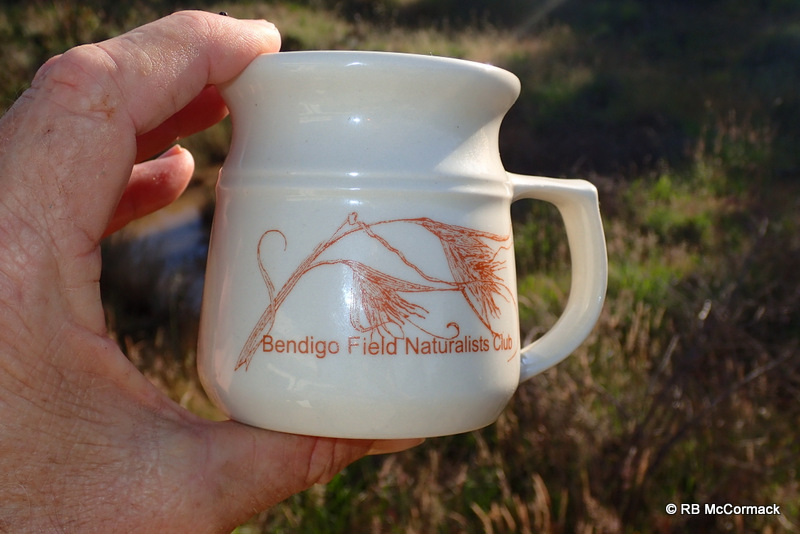
Whilst in the Bendigo area I sampled the local creeks and streams, only finding yabbies Cherax destructor.
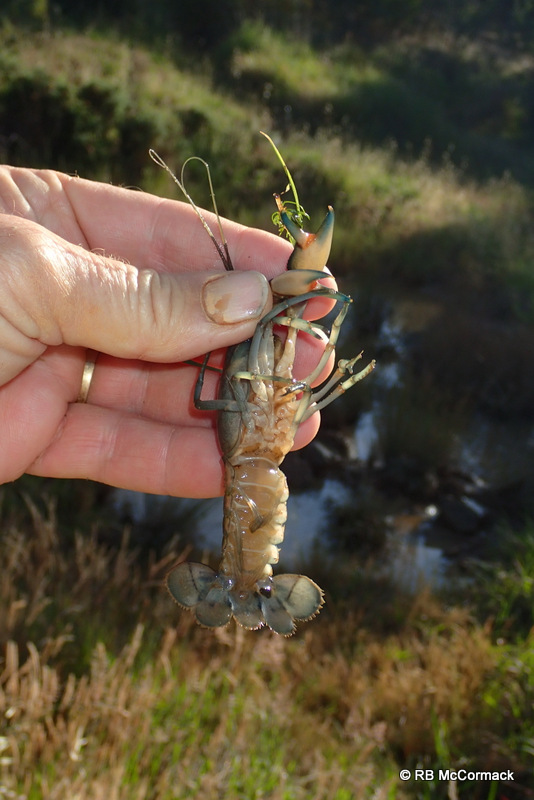
The following day I had an aquaculture consult in the Seymour area and whilst there I took the opportunity to sample the local creeks and streams. Again abundant Cherax destructor but then a very nice surprise. I found a colony of Engaeus lyelli. This was excellent as I also managed to capture berried females, something I haven’t come across in this species before.
For a full article on Engaeus lyelli “Click Here”
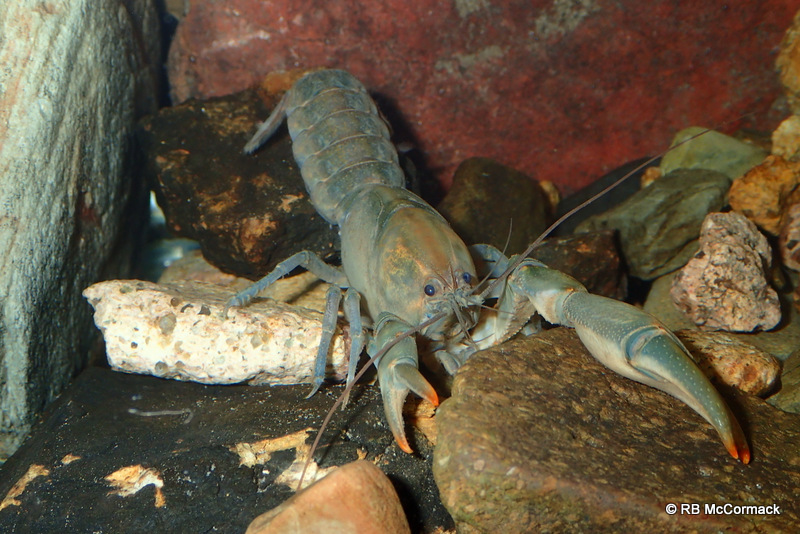
Travelling south to the Otways the following day I sampled creeks, streams and rivers, finding mostly Cherax destructor and glass shrimp Paratya australiensis. One nice surprise in the Campaspe River were Australian Basket Shell Mussels Corbicula australis. They are a widespread and common species but usually hard to find so finding them easily was a pleasing result.
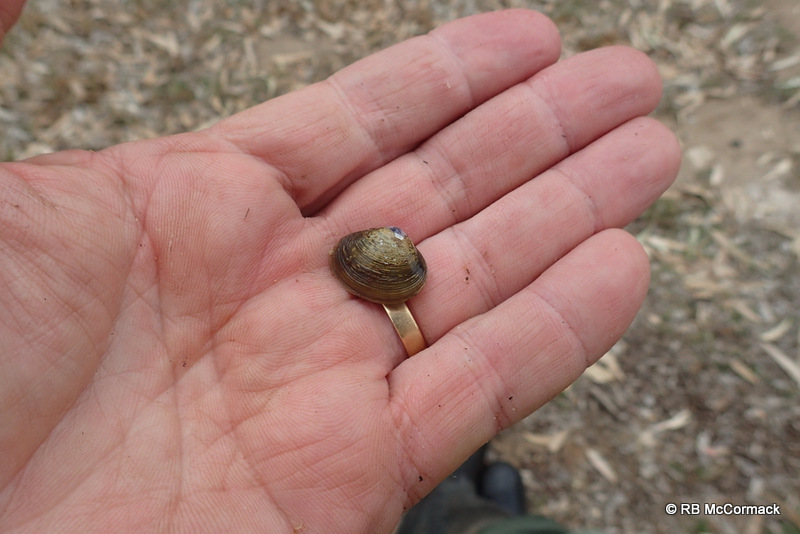
Further south around Waurn Ponds another nice surprise was the capture of a berried female Engaeus merosetosus. Enagaeus merosetosus are relatively common and widespread in that area however, females with eggs are exceptionally rare so the capture of one greatly increases the general knowledge on the species. For a full article on Engaeus merosetosus “Click Here”.
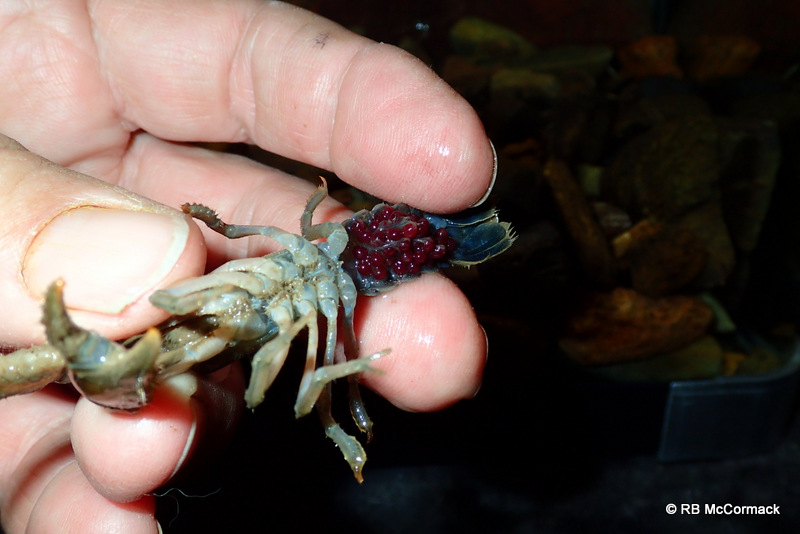
I spent several days at Otway Crays, Bellbrae, Victoria with the owner Steve Chara. Steve is a mate and we spent a few days together surveying the general area. Mostly we were finding Cherax albidus and Geochara gracilis. Both species were abundant and we found thousands. For a full article on Geocharax gracilis “Click Here”.
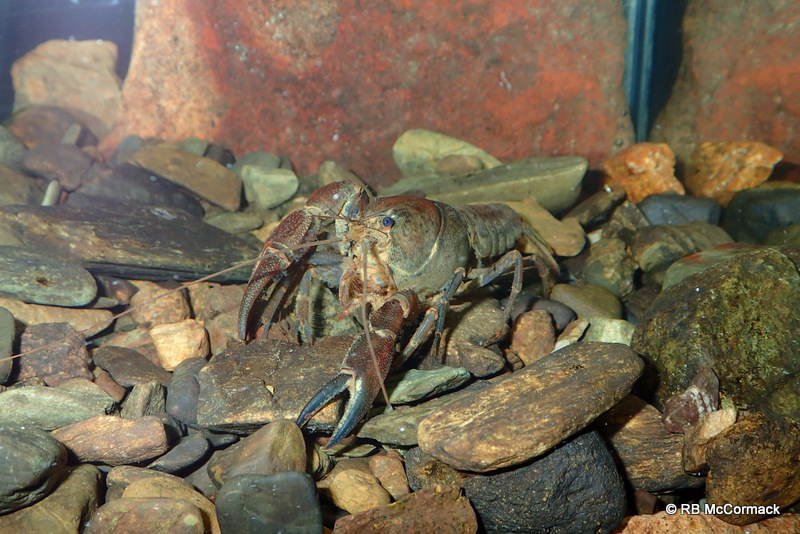
We also found Engaeus sericatus at a number of sites.
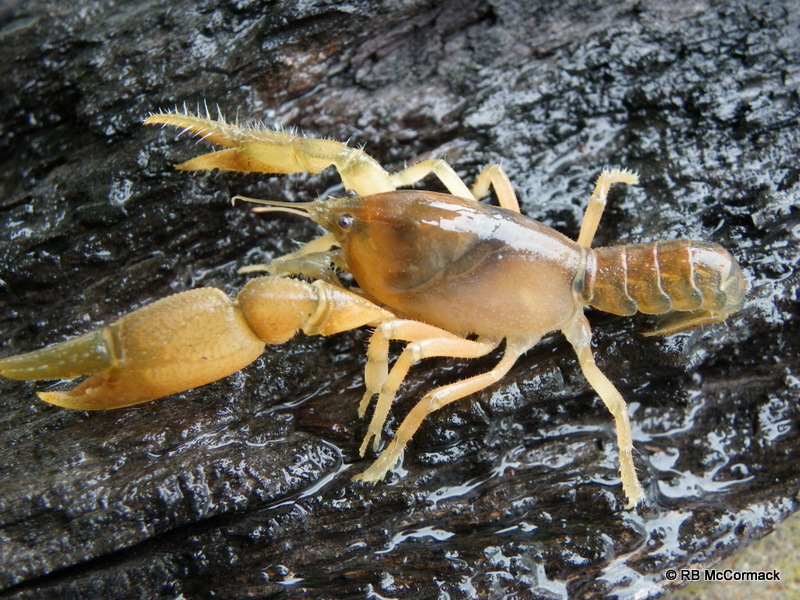
Steve Chara is one of Victoria’s largest yabby farmers and I spent some time with him sorting, grading and packaging yabbies.
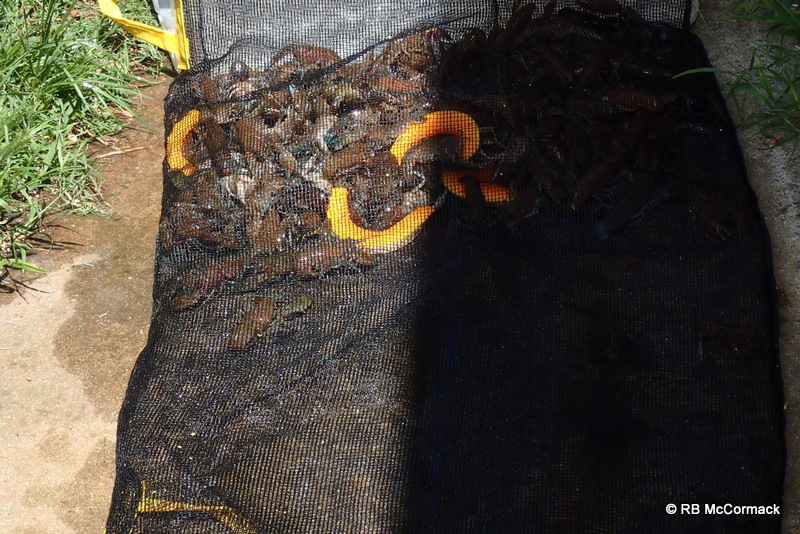
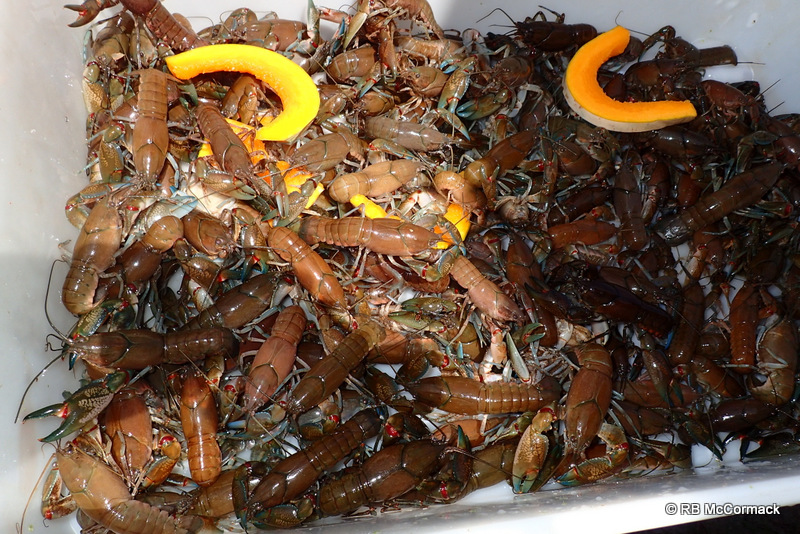
Steve had a bi-coloured yabby in a tank, this is a rare treat as these are extremely rare animals. For an article on Bi-Coloured Crayfish “Click Here”.
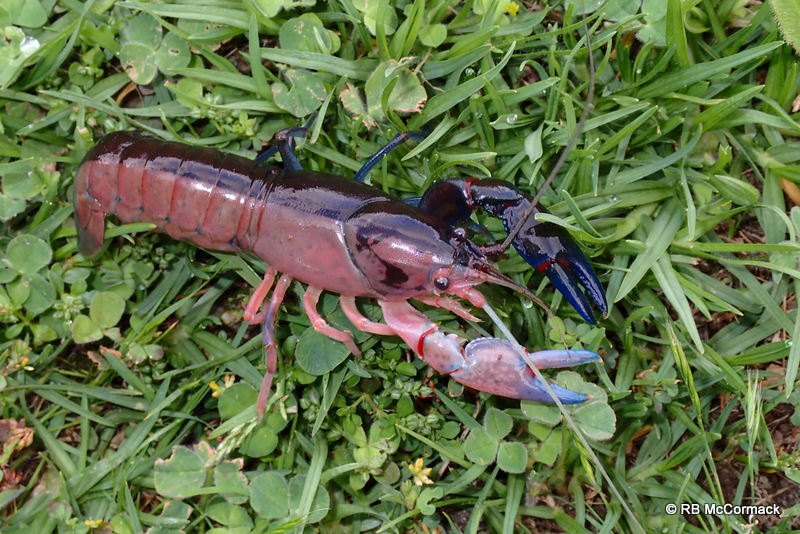
Unfortunately the expedition was over all too soon and I had to head back to the office.
